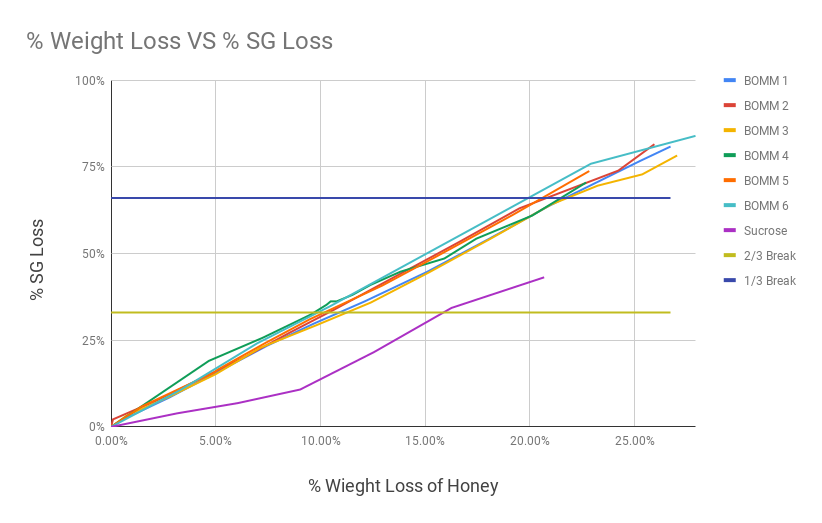Yesterday I started a smaller batch at OG 1.103 using just 860g honey and QA23 yeast. When there's enough data I'll post it. That way we'll see if the same formula scales to a smaller batch or whether it's particular to the 1 gallon batch size we've both been teting so far. I expect it will still hold true, but we shall see.
I had a similar thought but was going to go bigger. I think I have a 3 gallon vessel I can repurpose. Need to verify my scale can handle the additional weight. I know the scale can handle 2 gallons. What was your final volume?
I started with this scale which tops out at 6 kilos.
https://www.amazon.com/gp/product/B01JK4XPVW/ref=oh_aui_search_asin_title?ie=UTF8&psc=1
I have been using this one for most of the trials. It tops out at 10 kilos.
https://www.amazon.com/gp/product/B07G2YTDQM/ref=oh_aui_search_asin_title?ie=UTF8&psc=1
Last edited:




















![Craft A Brew - Safale BE-256 Yeast - Fermentis - Belgian Ale Dry Yeast - For Belgian & Strong Ales - Ingredients for Home Brewing - Beer Making Supplies - [3 Pack]](https://m.media-amazon.com/images/I/51bcKEwQmWL._SL500_.jpg)





































